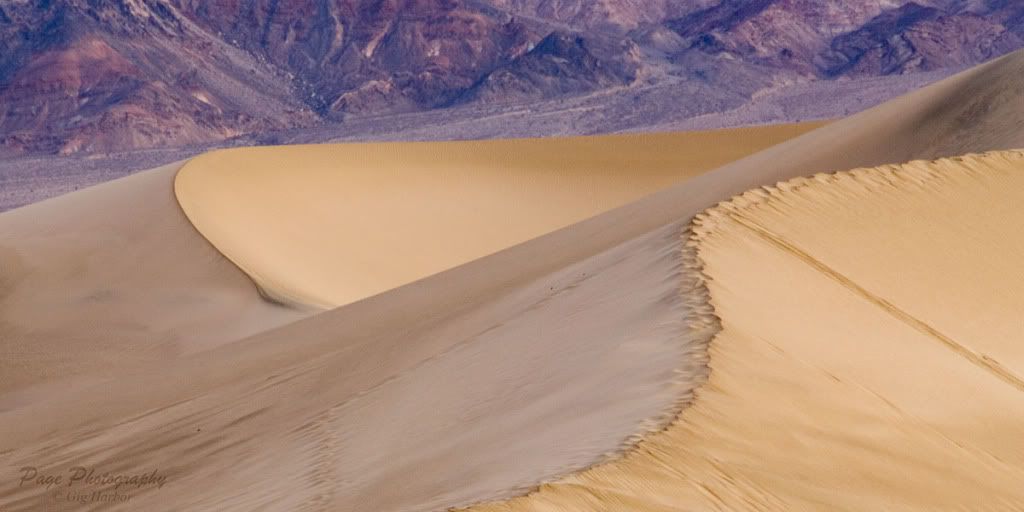I know you were not asking for training; so forgive me for the length of this reply.
Lost Canadian (Trevor) posted a thread about what he had learned in photography. It is an excellent read. Maybe Bigreen505 (Bill Green) & TeriAnn will toss a comment in also. Here is my experience with these two types of cameras.
It is easier to learn the functions of a camera with an SLR, than with a P&S. Terri Ann might suggest that a field camera is even better; because it slows you down, and makes you take time to think. Once you understand
how to create the images you want, and
what your camera needs to do to create those images; then you can start forcing a P&S to get the job done.
People have said that a P&S is easier to carry, and you will have it with you more often. I believe this is true; so you should learn how to work its little legs off.
I can get my P&S Canon G9 to produce some very fine images; but it is much more tedious work than using my DSLR. This can be frustrating to a beginner, or someone new to digital photography.
An SLR that allows you to easily adjust aperture, shutter speed, focus, and show you the Depth of Field (DoF), will help you learn the technical parts of photography. These are not easy things to manupulate with a P&S, even if the P&S camera does have manual exposure and focus.
Then there is the art of photography. Lighting was mentioned earlier.
Light is everything. No light, no picture; bad light, bad picture. Learn about lighting, back lighting, side lighting, contrast, color, etc.
In the studio, we control the light that is landing on our subjects. We are photographing the light that reflects off of the subject. We are not photographing the light directly (aiming the camera at the strobe). This is the same in the field. Don't shoot the sunset/sunrise - turn around, and shoot the subjects that are lit by that pretty light. Somestimes a sunset can be nice, if there is some other type of subject; so don't be hesitate to break the rules. Here are a couple shots pulled from another thread.
The sun has not risen yet, and the camera is facing sideways to the sunrise. Soft light, low contrast, plenty of color.
A subject within the color of a sunset. High contrast, bold color, minimal detail.
The digital sensor is covered with photosites. These pick up the light, for the processor to make an image from. The larger photosites produce a cleaner signal to the processor. Larger sensors have larger photosites. And, yes: a large 8Mp sensor (DSLR) will produce better images than a 12Mp small sensor (P&S).
As for recommendations: I would stay away from the Canon Rebel and the low end Nikon DSLRs, as their menus and functions are not as user friendly as the 20D, 30D, 40D, 5D, & 1D bodies. The Nikon D70, D80, D90, and D200 would be fine choices. There is no need to buy the latest thing on the market either. Spend the big money on good lenses, not the latest body. A used Pro lens is better than a new "kit" lens.
Get a DSLR and learn how to use it; but don't give up on your P&S. Have fun, and spend some time with Mark.
Well, I have blabbed on long enough.
Cheers




